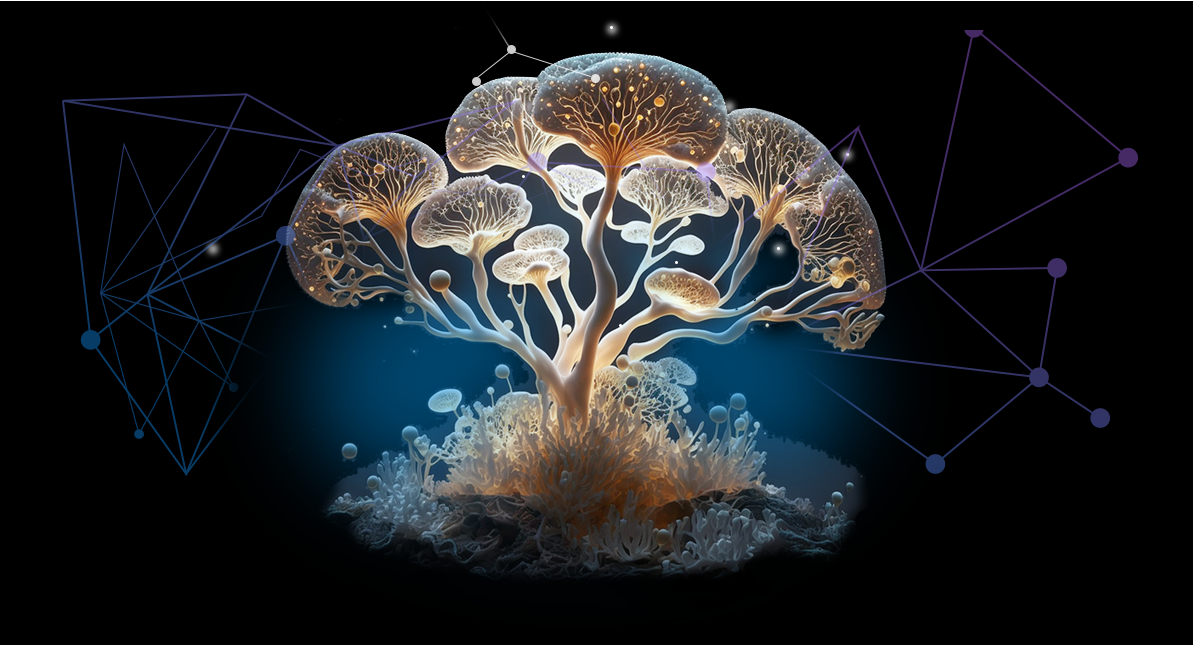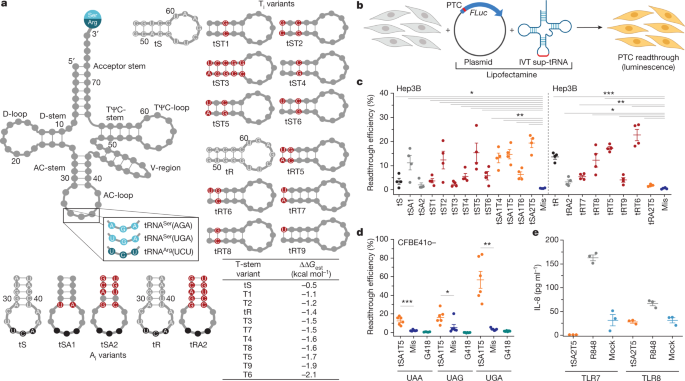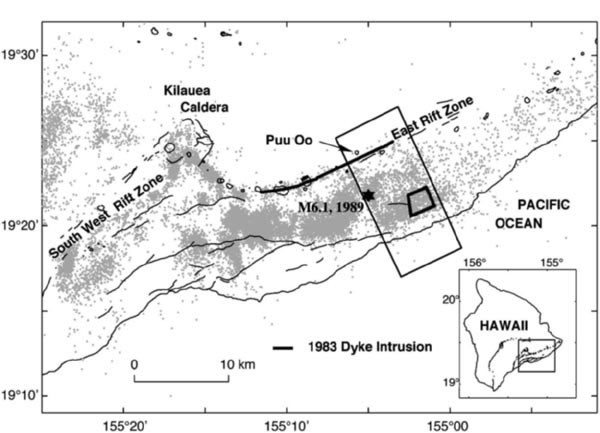
- Select a language for the TTS:
- UK English Female
- UK English Male
- US English Female
- US English Male
- Australian Female
- Australian Male
- Language selected: (auto detect) - EN
Play all audios:
It’s often been said that nature makes the best medicines, and history has proven this to be true: penicillin, cyclosporine and the blockbuster cholesterol-lowering statins are just a few
examples. Yet until recently, pharmaceutical drug discoverers had largely abandoned searches for candidates from natural sources, deeming them too slow and expensive. Now, thanks to
artificial intelligence’s (AI) ability to rapidly analyze huge datasets, drug discovery from nature is having a resurgence. One company is achieving progress with some of the most prolific
and least studied organisms—wild fungi. UNLOCKING THE POTENTIAL OF NATURAL CHEMICALS Kapoose Creek Bio is a Vancouver-based Canadian company that is revolutionizing drug discovery from
nature using AI-powered technology and a proprietary fungal collection sourced from an untapped natural ecosystem in a North Pacific rainforest. It aims to find the next generation of
world-changing medicines and is on its way to achieving that goal, having recently announced the progression of two lead compounds in neurology. These compounds, shown to have nanomolar
potency as neurotrophic agents—molecules that support the growth, survival, and differentiation of both developing and mature neurons—could be promising treatments for Parkinson’s and
Alzheimer’s diseases or depression. “We are now working to identify optimal indications for development, which will create near-term value and where we think there will be strong investor
interest,” said Eric Brown, CEO. “Kapoose Creek Bio is also developing proprietary synthetic-biology approaches for the production of leads at scale, to power its downstream development.”
The company is backed by a group of entrepreneurs and angel investors from the Vancouver area and supported by a substantial partnership with McMaster University in Hamilton, Canada, where
Brown holds a professorship. Kapoose Creek Bio has chosen to focus initially on molecules mapping to the neuroactive functional space. “From our analysis of fungal metabolites, we were
struck immediately by an enrichment in neuroactive natural products and we’ve seen activity from compounds that we believe have strong potential in neurological indications,” said Brown.
FUNGAL COMPOUNDS AS THERAPEUTIC LEADS There has been a surge in interest in using psychoactive compounds such as psilocybin, found in many species of fungi, to treat mental health disorders.
“They’ve become a very hot area in drug discovery,” said Antonia Borovina, managing director of investment banking at Bloom Burton, a Canadian healthcare-specialized investment-banking firm
currently advising Kapoose Creek Bio with its pipeline strategy. “Those psychedelic molecules have shown really robust efficacy, but they do have limitations in terms of side effects. So,
the big opportunity for us is this: can we develop next-generation molecules that activate these pathways without causing some of the psychedelic effects?” Brown is confident the answer is
yes. These natural compounds provide potent leads for chemical optimization to improve drug-like and oral-dosing characteristics such as the ability to pass through the blood–brain barrier.
“The potential to find new neuroactive compounds without hallucinogenic or psychedelic side effects is very real,” he said. In addition to the advancement of its two lead compounds, Kapoose
Creek Bio is also differentiating itself with its unique fungal collection. So far, it has assembled more than 5,000 specimens and cultures—with 30% of strains having no species match in
public databases. Using Kapoose Creek Bio’s unEarth Rx technology platform, the team is creating a comprehensive map to understand the therapeutic potential of its collection. CHARTING
UNEXPLORED CHEMICAL SPACE Brown estimates that while more than 50% of drug therapies developed in the last 30 years are derived from nature, only 5% of the chemistry found in nature has been
characterized, leaving a huge number of unexplored compounds, some of which Brown is hoping to discover. The company’s 300-acre facility on Vancouver Island, which Brown describes as “a
pretty magical spot,” is only accessible by boat or floatplane and has remained untouched, even by the last ice age, providing an ideal environment for foraging. Kapoose Creek Bio’s unEarth
Rx AI technology charts the therapeutic potential and mechanism-of-action of molecules in its collections based on morphological phenotypic screens of cells exposed to fungal metabolites.
“We are using fluorescence-microscopy images that are amenable to AI algorithms,” explained Brown, where “hundreds of features can be extracted from each image.” Using a training set of
known drugs and probe compounds, its AI system is able to analyze these features and ‘map’ the activity and mechanism-of-action of unknown fungal metabolites across diverse disease types.
The platform allows the process to move from an initial screen to a lead compound in 6 months—five times faster than conventional methods. Brown is excited about the future. “We believe
there’s never been a better time to be a drug discoverer and the prospects have never been brighter for the future of medicines from nature,” he said.




